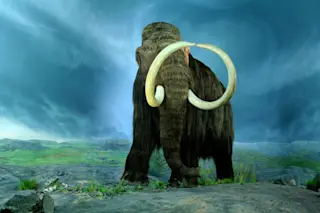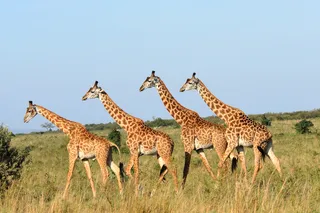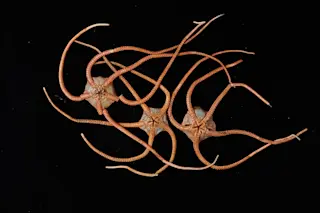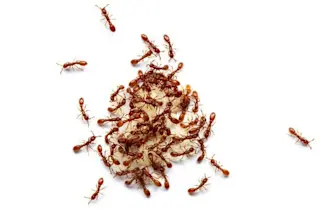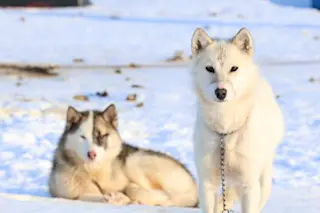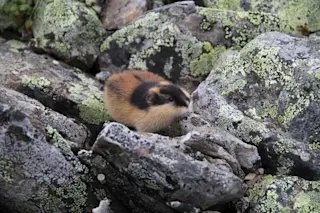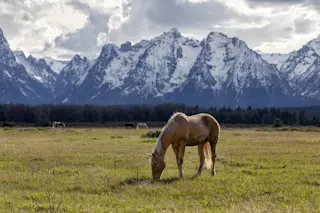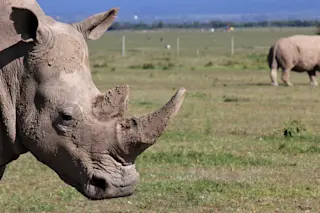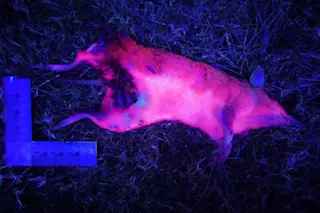It took more than being woolly for woolly mammoths to survive the wintry climates in which they lived. A new study in Nature Genetics suggests that the weighty mammals had hemoglobin in their blood that could keep oxygen moving even at low temperatures, giving them a kind of "antifreeze" blood:
For the mammoth, this meant that they could keep extremities cool and concentrate heat internally, minimizing heat loss. In addition, it meant that when food was scarce they could live on less of it since they didn't need as much heat (or calories) to move the oxygen to the tissues [The Guardian].
Researchers figured this out through a lengthy process of analyzing 43,000-year-old mammoth remains unearthed in Siberia. But to understand the secrets of this huge creature, they had to enlist the help of a microorganism.
The mammoth DNA sequences were converted into RNA (a molecule similar to DNA which ...


